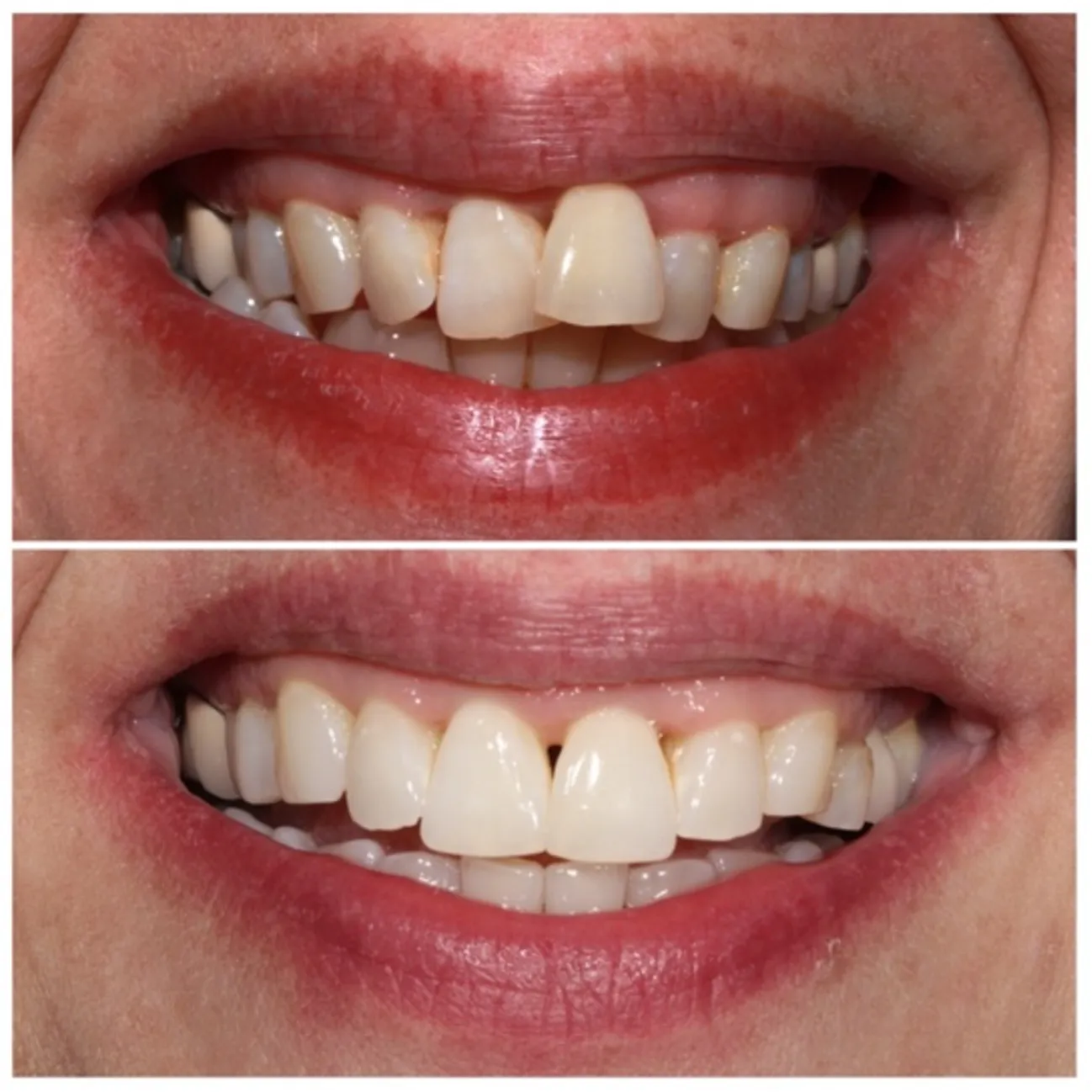Understanding Whitening After Invisalign
Achieving a brighter, more confident smile is a common goal for many individuals, and Invisalign has become a popular solution for teeth straightening. However, the journey doesn’t end with a straighter smile. Whitening your teeth after Invisalign treatment is often the final step in achieving that perfect, dazzling look. This article delves into the intricacies of teeth whitening after Invisalign, providing you with essential tips and insights to help you achieve the best possible results. We’ll explore the reasons why teeth staining occurs, how Invisalign impacts the whitening process, and, most importantly, the best strategies for brightening your smile after your aligners are removed.
Why Teeth Staining Occurs
Understanding the causes of teeth staining is crucial for effective whitening. Staining occurs when pigments from food, drinks, and other substances penetrate the enamel and dentin layers of your teeth. These pigments accumulate over time, leading to discoloration. There are two main categories of stains extrinsic and intrinsic. Extrinsic stains affect the surface of the enamel, and can often be removed with brushing and professional cleaning. Intrinsic stains, on the other hand, are located within the tooth structure and require more intensive whitening methods to address.
Factors Contributing to Staining
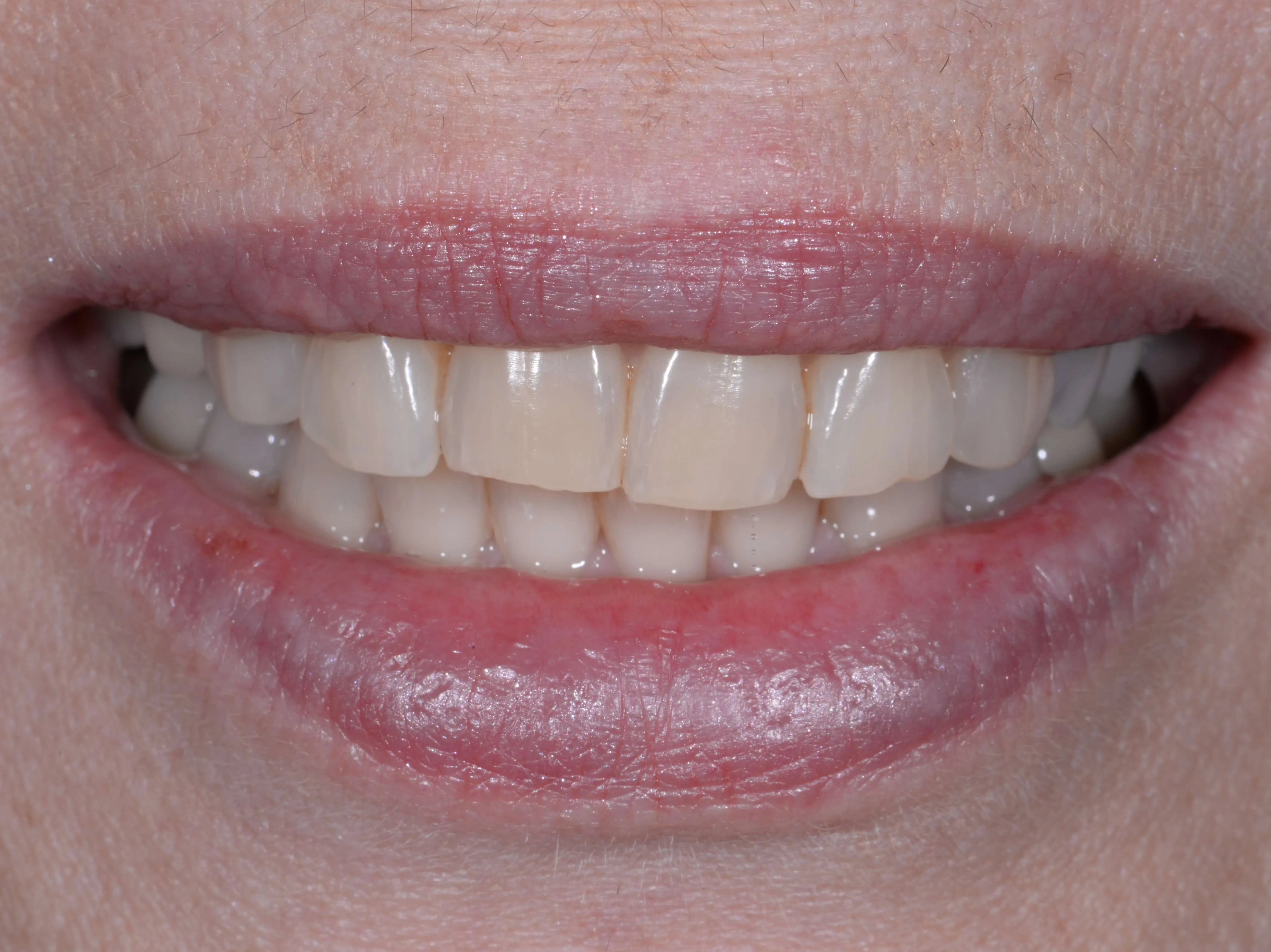
Several factors contribute to teeth staining. Dietary habits play a significant role, with certain foods and drinks being notorious for their staining properties. Coffee, tea, red wine, and dark-colored sodas are common culprits. Smoking and tobacco use also contribute significantly to teeth discoloration. Additionally, poor oral hygiene, including inadequate brushing and flossing, allows stains to accumulate. The natural aging process can also lead to changes in tooth color, making them appear darker over time. Finally, certain medications and medical conditions can impact tooth color. Awareness of these factors helps in adopting preventive measures to minimize staining.
How Invisalign Affects Whitening
Invisalign treatment involves wearing clear aligners that gradually shift your teeth into their desired positions. These aligners, while discreet and effective, can influence the teeth whitening process in a couple of ways. The presence of aligners can create a unique environment for whitening, and the attachments used during Invisalign treatment also play a role. It is essential to understand these effects to optimize your whitening strategy after treatment. Knowing how Invisalign impacts whitening will allow you to achieve the best results and maintain a beautiful, healthy smile.
The Role of Aligners
The aligners themselves, while seemingly transparent, can affect the whitening process. When using at-home whitening methods, such as custom-fitted trays or over-the-counter kits, the aligners can act as a barrier, preventing the whitening agent from reaching all areas of the tooth surface evenly. This can lead to inconsistent whitening results. It’s important to follow your dentist’s instructions carefully when using whitening products during or after Invisalign treatment to ensure proper application and avoid any potential complications. Consult with your dentist about the best method of whitening that would work for you.
Effect of Attachment
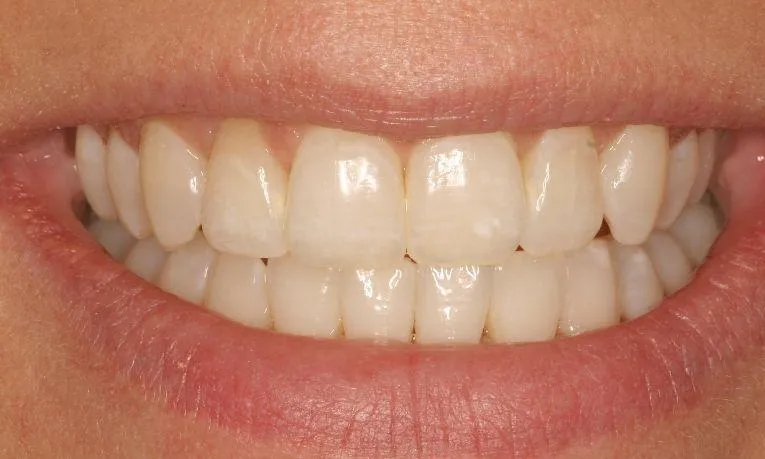
Invisalign often involves the use of attachments, small, tooth-colored bumps that are bonded to the teeth to provide additional grip for the aligners. These attachments can make it more challenging to achieve uniform whitening. Whitening agents may not penetrate the areas around the attachments as effectively, resulting in uneven results. Therefore, it’s often recommended to have the attachments removed before whitening, or to use a whitening method that can effectively address these areas. Professional cleaning can also aid in removing any discoloration accumulated around the attachments.
Top 7 Tips for Whitening After Invisalign
Now that we understand the factors involved, let’s explore the top 7 tips for whitening your teeth after Invisalign treatment. These tips encompass a range of strategies, from choosing the right whitening methods to maintaining excellent oral hygiene. Implementing these tips will significantly increase your chances of achieving a brighter, more confident smile.
Tip 1 Choose the Right Whitening Method
Selecting the appropriate whitening method is crucial for achieving optimal results. Consider your budget, the severity of the staining, and your personal preferences. Consulting with your dentist is the best way to decide on a suitable method. They can assess your teeth and recommend a treatment plan tailored to your specific needs and whitening goals.
Professional Whitening Options
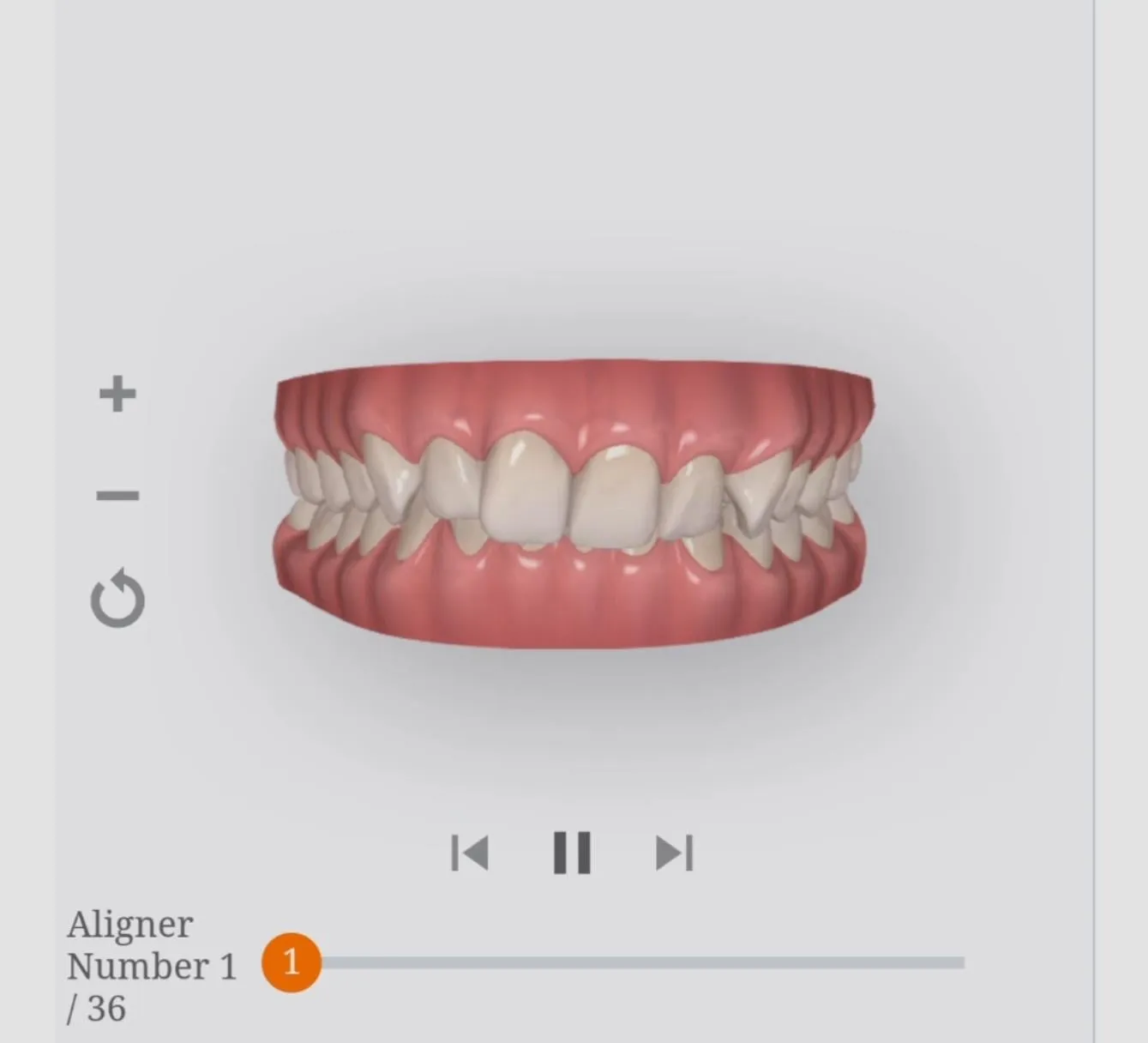
Professional whitening, performed by a dentist, offers the most effective and immediate results. This method involves the application of a high-concentration whitening gel to the teeth, followed by the use of a special light or laser to accelerate the whitening process. Professional whitening is a safe and controlled procedure, typically providing dramatic results in a single session. It’s ideal for those seeking significant improvement in a short amount of time. Professional whitening also allows for the dentist to monitor any sensitivity or discomfort.
At-Home Whitening Kits
At-home whitening kits offer a more convenient and affordable option. These kits typically include custom-fitted trays or pre-filled strips that contain a lower concentration of whitening agent. At-home kits require more time to achieve noticeable results compared to professional whitening. Following the instructions on the kit precisely is essential to ensure the best results and minimize the risk of potential side effects, such as tooth sensitivity or gum irritation. Always consult with your dentist before using at-home whitening products to determine if they are suitable for your specific needs.
Tip 2 Wait Until Treatment Completion
It’s generally advisable to wait until you’ve completed your Invisalign treatment before undergoing teeth whitening. Whitening during treatment can interfere with the aligners’ fit, as the whitening agents can alter the tooth surface. Also, some attachments used during Invisalign might affect the uniformity of the whitening process. Waiting until the end of the treatment ensures that your teeth are in their final positions and the whitening process can be as effective as possible. This approach also allows you to address any remaining staining or discoloration once your teeth are straight.
Importance of Waiting
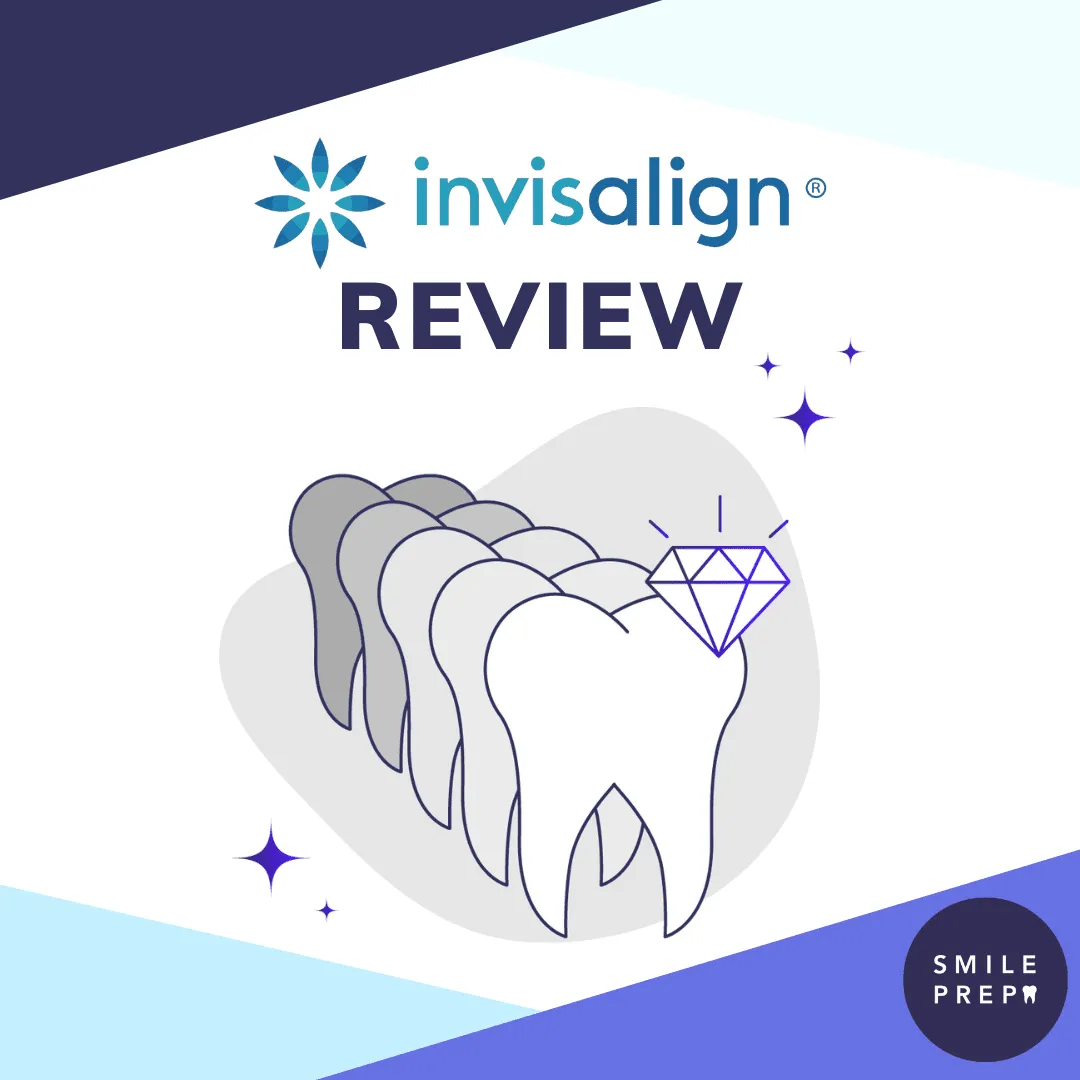
Waiting until the end of your Invisalign treatment is essential because your teeth may shift slightly during the whitening process, which could compromise the alignment achieved by the aligners. Premature whitening can also lead to uneven results. Furthermore, your dentist can provide more effective and tailored whitening treatments once your teeth are in their final positions. Avoid the urge to start whitening before completing your treatment, and you’ll be rewarded with a consistently bright and beautiful smile.
Potential Risks of Early Whitening
Whitening your teeth too early can lead to several potential risks, including uneven results, increased tooth sensitivity, and interference with the Invisalign treatment. The whitening agent may not penetrate the areas around the attachments effectively, resulting in uneven whitening. Additionally, the whitening process can make your teeth more sensitive to hot and cold foods and drinks. Starting too early may also interfere with the effectiveness of the aligners. For the best results, always consult your dentist and adhere to their recommendations regarding the timing of whitening after your Invisalign treatment is complete.
Tip 3 Maintain Excellent Oral Hygiene
Maintaining excellent oral hygiene is vital for any teeth-whitening regimen. Proper brushing and flossing, along with the use of a whitening mouthwash, can help remove surface stains and maintain the brightness of your teeth. Thorough oral hygiene practices not only enhance the effectiveness of whitening treatments but also contribute to overall dental health and prevent future staining. Good oral hygiene is the foundation for a beautiful, healthy smile.
Brushing and Flossing Techniques
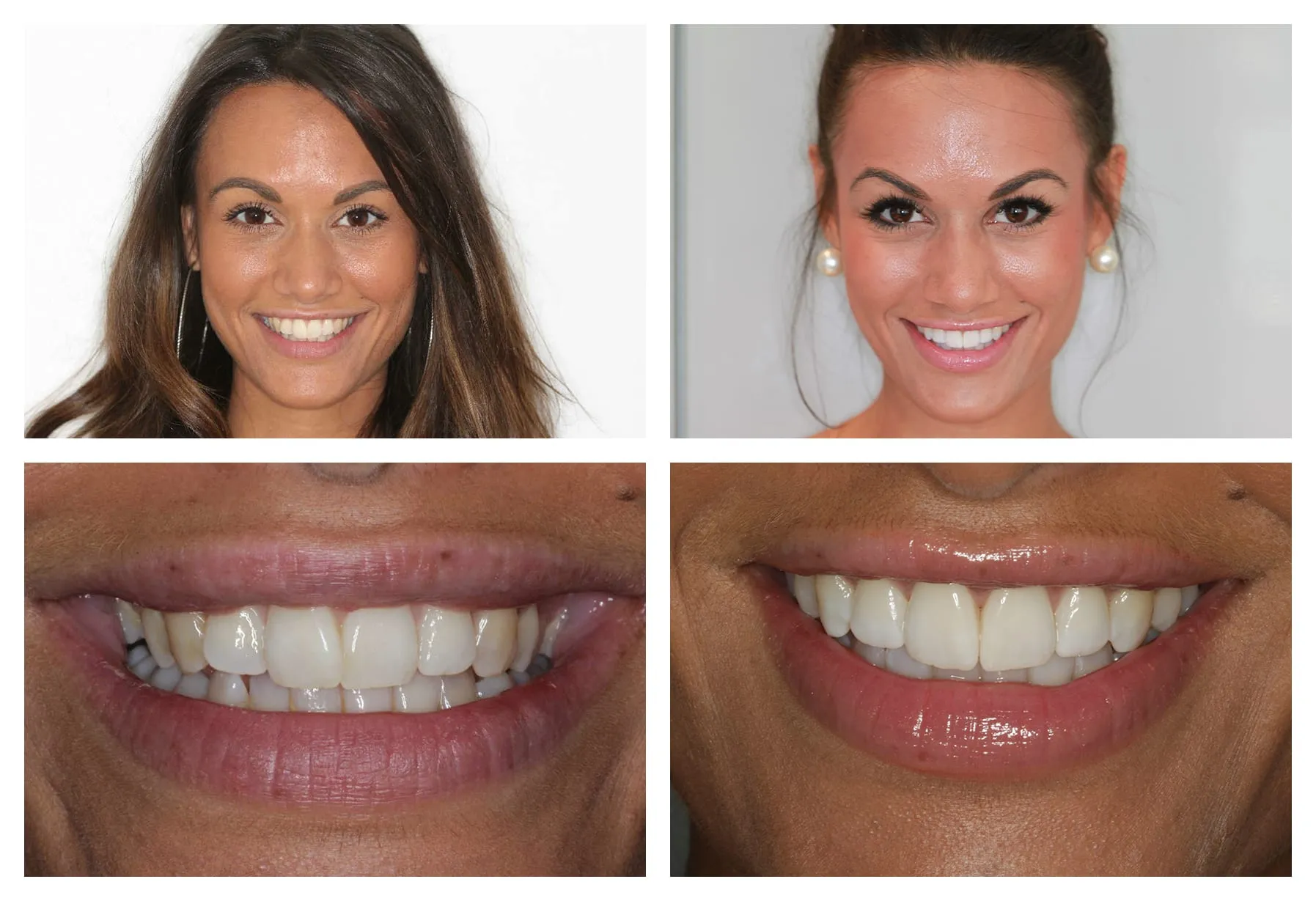
Brush your teeth at least twice a day for two minutes each time, using a soft-bristled toothbrush and fluoride toothpaste. Ensure you reach all surfaces of your teeth, including the front, back, and chewing surfaces. Floss daily to remove plaque and food particles from between your teeth, as these can contribute to staining. Use a gentle, back-and-forth motion with your floss, making sure to clean along the gumline. Consistent and thorough brushing and flossing are essential for preventing new stains and keeping your teeth healthy and white.
Rinsing with Whitening Mouthwash
Incorporating a whitening mouthwash into your routine can provide an additional boost to your whitening efforts. Whitening mouthwashes typically contain ingredients like hydrogen peroxide or other whitening agents that help remove surface stains and brighten your teeth. Rinse your mouth with the mouthwash for about 30-60 seconds after brushing and flossing. Using a whitening mouthwash helps to keep your teeth brighter and fresher. Always follow the manufacturer’s instructions and consult your dentist if you experience any sensitivity or irritation.
Tip 4 Consider Professional Cleaning
Regular professional cleanings by your dentist or dental hygienist are crucial for maintaining optimal oral health and enhancing the results of your whitening treatments. Professional cleaning removes plaque and tartar that regular brushing and flossing may miss. These cleanings help to keep your teeth clean, healthy, and free from surface stains, which can make your teeth appear dull or discolored. Consider scheduling professional cleanings before and after your whitening treatments for the best possible outcome.
Benefits of Professional Cleaning
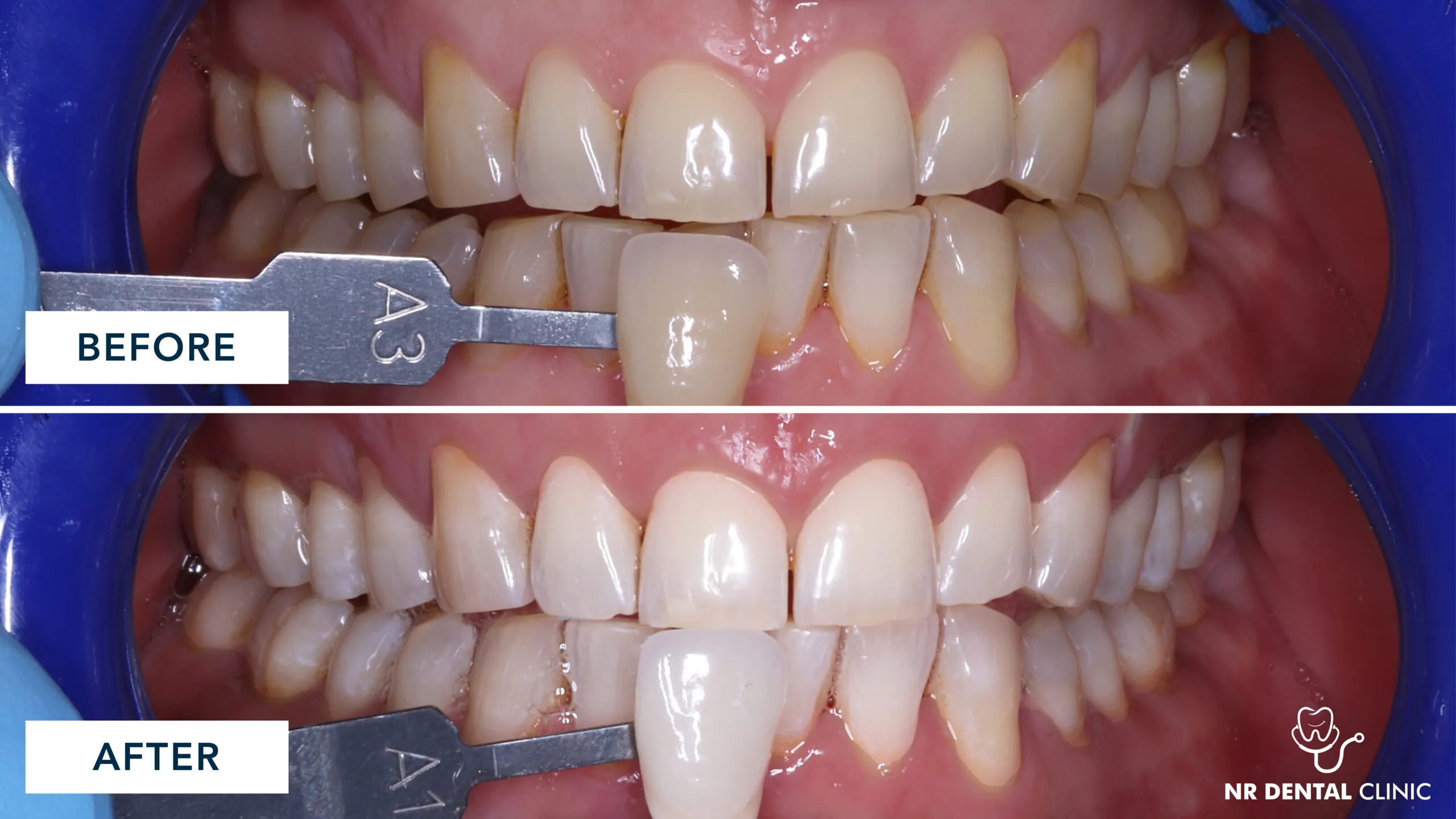
Professional cleanings offer several benefits that contribute to a brighter smile. They effectively remove plaque and tartar, which are common causes of tooth discoloration. Professional cleanings also polish your teeth, removing surface stains and making them appear smoother and shinier. A dental hygienist can also assess your overall oral health, detecting any early signs of dental problems. The best part is that professional cleanings provide a clean surface for whitening agents, which can improve the overall effectiveness of whitening treatments.
How Often to Get Cleanings
Most dentists recommend professional cleanings every six months. If you have a history of dental problems, your dentist may advise more frequent cleanings. Following your dentist’s advice about the frequency of cleanings helps to maintain optimal oral health and maximize the benefits of any teeth-whitening treatments. Regular cleanings will keep your teeth looking their best, and they help prevent more serious dental issues down the line. Make an appointment to see your dentist regularly for a cleaning.
Tip 5 Use Whitening Toothpaste
Using whitening toothpaste is a simple yet effective way to maintain the brightness of your teeth and prevent future staining. Whitening toothpastes contain mild abrasives and chemical agents that help remove surface stains. Choose a whitening toothpaste with fluoride to help protect your teeth from cavities and strengthen the enamel. While whitening toothpastes can improve the appearance of your teeth, they are not a substitute for professional whitening or other treatments. Be sure to select a whitening toothpaste that is safe for your teeth and gums, and use it consistently as part of your daily oral hygiene routine.
Choosing the Right Whitening Toothpaste
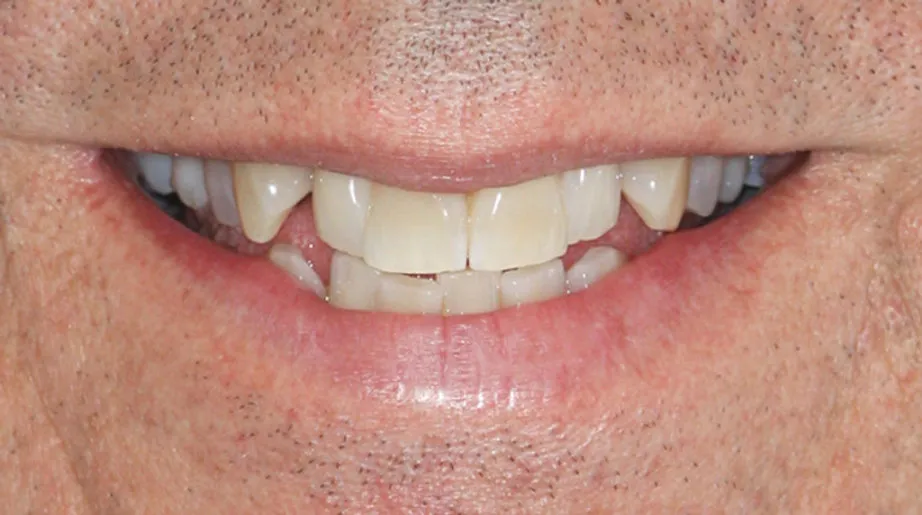
When selecting a whitening toothpaste, consider the active ingredients and your individual needs. Look for toothpastes that contain mild abrasives to remove surface stains. Ingredients like hydrated silica and calcium carbonate are commonly used for this purpose. Some whitening toothpastes also contain hydrogen peroxide or other bleaching agents to provide an extra whitening boost. If you have sensitive teeth, choose a toothpaste formulated for sensitivity, which often contains ingredients like potassium nitrate or strontium chloride. Talk to your dentist to find the best whitening toothpaste for your specific needs.
Limitations of Whitening Toothpaste
Whitening toothpastes are effective at removing surface stains, but they have limitations. They cannot significantly change the intrinsic color of your teeth. Whitening toothpastes are designed to maintain and enhance the brightness of your teeth after professional whitening or other treatments. Do not expect the same level of whitening as you would get with professional treatments. If you have deep stains or want a more dramatic whitening effect, you may need to consider other options, such as professional whitening or at-home whitening kits. It’s essential to manage your expectations and use whitening toothpaste as part of a comprehensive oral hygiene plan.
Tip 6 Avoid Staining Foods and Drinks
Reducing your consumption of staining foods and drinks can significantly help maintain the brightness of your teeth after whitening. Certain foods and beverages are notorious for their ability to stain teeth, and minimizing their intake can prevent or reduce the risk of discoloration. This proactive step can help you keep your teeth white and bright for a longer period. By being mindful of your dietary habits, you can enjoy your bright smile for a long time.
Foods to Limit
Several foods are known to stain teeth. These include brightly colored fruits and vegetables, such as berries, beets, and carrots. Foods with strong pigments, such as soy sauce and balsamic vinegar, can also contribute to staining. Limiting your intake of these foods can help reduce the amount of pigment that comes into contact with your teeth. When consuming these foods, it is advisable to rinse your mouth with water immediately afterward. You could also consider using a straw to minimize contact with your teeth.
Drinks to Avoid
Certain beverages are major culprits when it comes to teeth staining. Coffee, tea, red wine, and dark-colored sodas contain strong pigments that can easily penetrate the enamel of your teeth. Drinking these beverages regularly can lead to significant discoloration. Minimize your intake of these drinks, or drink them in moderation. If you choose to consume these beverages, rinse your mouth with water after drinking, or consider using a straw. Staying hydrated with water is a great way to help keep your teeth bright and healthy.
Tip 7 Consult Your Dentist
Consulting with your dentist is the most important tip for successful whitening after Invisalign. A dentist can assess your teeth, identify any underlying issues, and recommend the best whitening plan for you. They can also provide professional whitening treatments, prescribe at-home whitening kits, and offer guidance on maintaining your results. Your dentist is your partner in achieving and maintaining a bright, healthy smile. Make sure to have a consultation and discuss the whitening options that are best for you.
Personalized Whitening Plans
Your dentist can create a personalized whitening plan tailored to your specific needs and goals. They will consider factors such as the condition of your teeth, the severity of the staining, and your overall oral health. Your dentist will also discuss your lifestyle habits and preferences to develop a plan that fits your needs and budget. Having a personalized plan ensures you will achieve the best possible results. Make sure to follow your dentist’s recommendations for optimal results.
Addressing Specific Concerns
Your dentist can address any specific concerns you may have about teeth whitening. If you have sensitive teeth, they can recommend desensitizing treatments or suggest whitening products that are less likely to cause irritation. They can also advise you on how to manage any other dental issues that might impact your whitening results. Your dentist is there to support you and help you achieve your ideal smile. Therefore, it’s important to share any concerns or questions you may have with your dentist.
Conclusion
Whitening your teeth after Invisalign is a rewarding process that can significantly enhance your smile and boost your confidence. By following the top 7 tips outlined in this article and working closely with your dentist, you can achieve remarkable results. Remember to choose the right whitening method, wait until treatment completion, maintain excellent oral hygiene, consider professional cleaning, use whitening toothpaste, avoid staining foods and drinks, and, most importantly, consult your dentist. With these strategies, you’ll be well on your way to achieving a brighter, healthier, and more dazzling smile. Embrace the journey and enjoy the radiant results!
